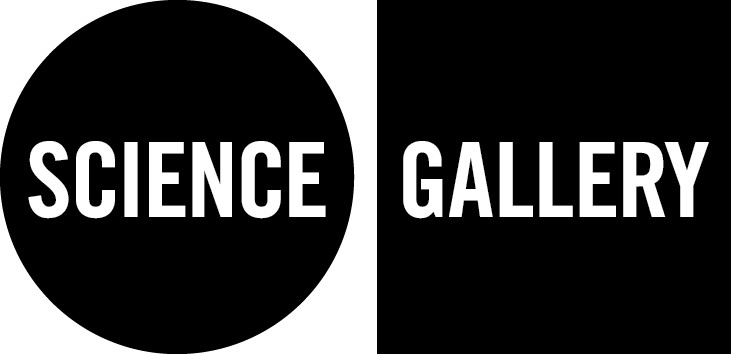Rodrigo Leite de Oliviera: approaching scientific research with a creative mindset
The Portuguese pharmacist, who studies and works in scientific research globally, talks about applying creativity to research processes and HAEM that featured in Science Gallery London and Melbourne.
Haem by Cecilia Jonsson and Rodrigo Leite at Science Gallery London's pop-up exhibition in the Copeland Gallery, Peckham, October 2017. Photo by Richard Eaton
Rodrigo is a researcher, teacher, science communicator, and firm believer that emotional skills foster the best results in science. His scientific research contributes to understanding cancer and finding efficient therapeutic options for oncology patients. Specifically, he interrogates the entire genome to better understand resistance to current cancer therapies, and uses drug repurposing for affordable health care therapeutics. Although his expertise is in the scientific realm, Rodrigo is passionate about the generation of knowledge through the intersection of different disciplines and has collaborated with multiple artists, designers, choreographers and filmmakers in their creations and projects over the years.
HAEM, a piece he created in collaboration with the artist Cecilia Jonsson, was one of the winners of the BioArt & Design award in 2016, received an Honorary Mention in the Prix Ars Electronica Hybrid Art 2017, and has been exhibited in numerous galleries around the world, including Science Gallery Melbourne’s and Science Gallery London’s exhibition BLOOD.
“We need more programs that challenge cross-fertilization of different fields, ask the impossible and get to unexpected breakthroughs.”
Two visitors with Haem by Cecilia Jonsson and Rodrigo Leite at Science Gallery London's pop-up exhibition in the Copeland Gallery, Peckham, October 2017. Photo by Richard Eaton
The physical basis of HAEM is iron derived from an unexpected source – 69 human placentas, all donated by mothers who were very touched by the concept of the project. This organ possesses a complex labyrinth of blood vessels and provides the connection between mother and developing child. It’s a vital organ during the pregnancy and is discarded after birth. The iron in the needle is extracted from the labour of dozens of births, thousands of hours of fluid exchange, from an organ that had served its biological purpose and is now transformed into a guidance tool, a metaphor for the inner compass needed to navigate through life.
By bridging aspects of the arts, life sciences, and metallurgy, HAEM is an interdisciplinary project that addresses the intimate process of personal orientation while pushing us to rethink our concept of Rodrigo Leite de Oliveira/ photo: Hanneke Wetzer nature, or “the thinking of interconnectedness”.
WHAT THEY SAID?
‘It may sound like an ‘unlikely duet’, but when art and science encounter each other they have the power to significantly advance knowledge and our perception of the world. I would rather see it as a collaboration in which they tease each other, ask impossible/uncomfortable questions to each other and ultimately [push] the limits of both disciplines. Because both are lenses through which one can see and understand the world.
We cannot conceive scientific research without creativity. Creativity must be applied in science in the best interest of genuine discovery and innovation. Being creative not only in the actions we take and the experiments we design but also in keeping an open mind while looking at results that [...] are unexpected and lead us to [...] the path of a true new discovery. It’s exciting to live with a free, creative mindset. I think we need to stop limiting ourselves to thinking only [about] the immediate application of the scientific findings. We need more programs that allow exploring beyond the obvious, that challenge cross-fertilization of different fields, that ask the impossible and really get to unexpected breakthroughs.’ – Rodrigo Leite de Oliveira
WHAT WERE THE BENEFITS AND IMPACTS?
▶ Inspiring academic choice
▶ Interdisciplinary collaboration
Sources: Interview with Rodrigo Leite de Oliveira
Complied by: Jahitza Balaniuk, Science Gallery International 2019
Activity Date: 2019


